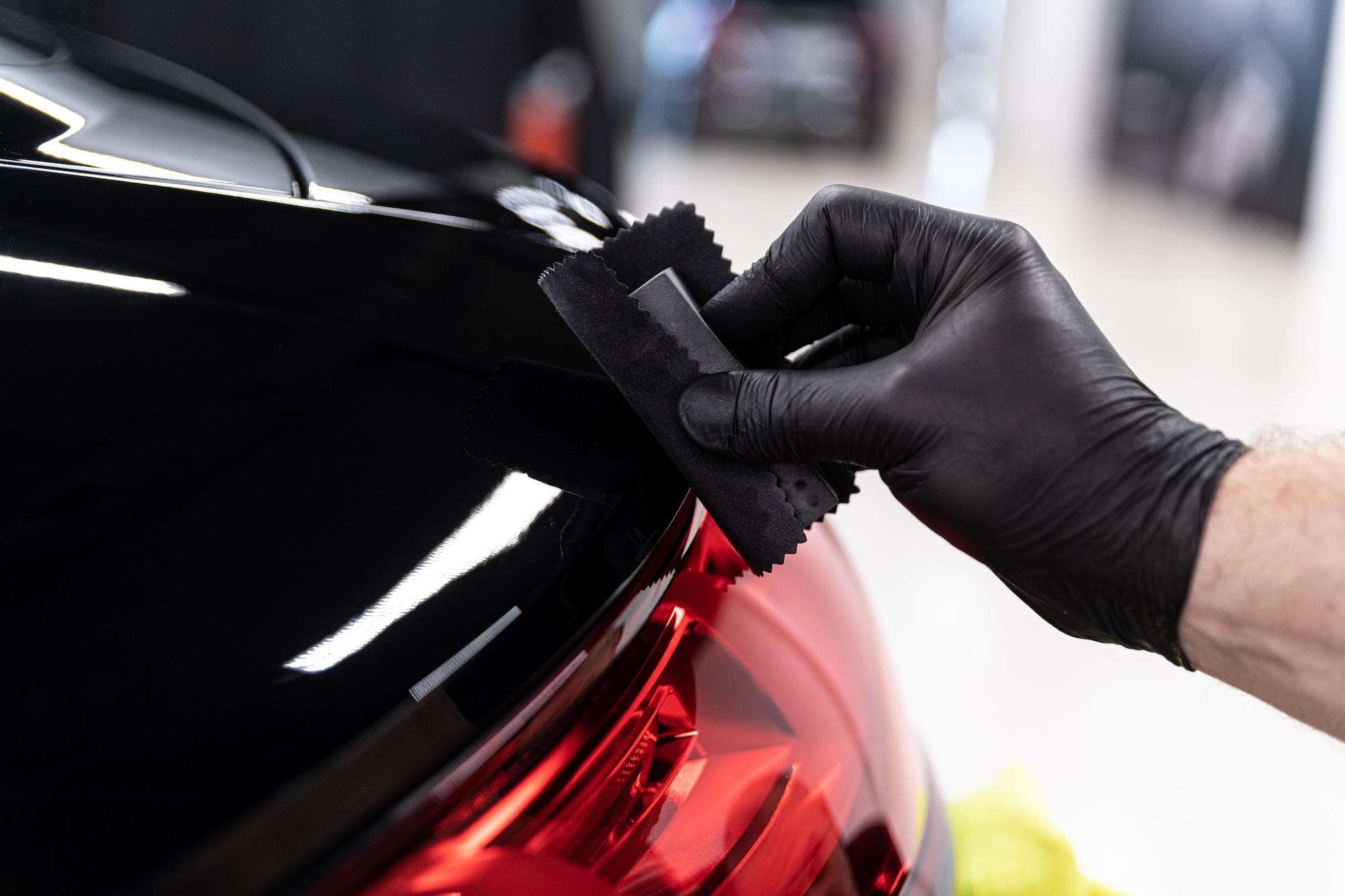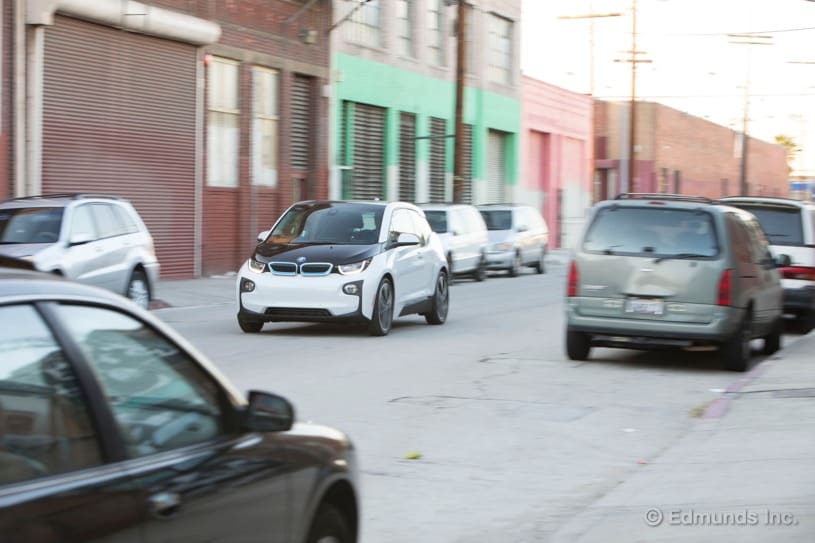“4D radar-on-a-chip” will keep watch inside cars from 2023
Israeli company Vayyar says it can replace a bunch of car interior sensors with a single, hidden “4D radar” unit the size of a credit card, saving significant development costs while unlocking a range of upcoming safety features.
The multifunction radar-on-a-chip, or ROC, manages to pack 48 radar transceivers onto a coin-sized chip, allowing it to produce relatively high-resolution 3D point cloud maps of the entire interior of a vehicle. “All the other radars for in-cabin monitoring today use three transmit antennas and four receive antennas, their pixel size is about 50 cm,” says Vayyar’s Director of Business Development, Ian Podkamien, over a video call. “We have 24 x 24 antennas, which gives us a 5 cm pixel. You can see a shape, and not just a block.”
This resolution enables the system to distinguish between adults, children and infants, to distinguish the rough shape of the body, and to sense your body position, all in a non-photographic method that doesn’t invade anyone’s privacy. The fourth dimension, of course, is time; it’ll scan the car several times a second and track changes and movements over time.
It will thus be able to meet new requirements for back seat child and passenger detection, which will become mandatory in 2023. But its multifunction capability will give it the ability to drive a number of other systems as well. “You can use it for airbag optimization,” says Podkamien. “So if you have a big football player or a five-year-old kid, you can optimize the strength of the airbag’s deployment. Or if you put a baby in the front seat, you don’t have to manually de-activate the airbag, the system will know and do it automatically. If somebody has their legs on the dashboard, it’ll automatically, dynamically de-activate the airbag because the damage will be bigger. Those are just a few examples.”
Vayyar’s approach will make life easy for car companies, says Podkamien, since a single sensor will replace multiple systems in the car – child presence detection, seat weight sensors, pre-tensioner switches, and a number of sensors in the airbag system – for a unit price competitive with a single sensor. That’s before considering the considerable cost of sourcing, integrating and testing all those switches.

Vayyar
Once it’s installed in a car – probably invisibly, in the ceiling above the rear view mirror, hidden behind the headliner – the manufacturer will be able to run its own analysis on a 3D data stream that’s pre-processed on the chip itself to handle the difficult task of filtering out interference and noise. From there, the car manufacturer can run all sorts of fun image processing and machine learning tech over the stream, and feed that information into any other system that needs it.
The software part of the process, says Podkamien, is much quicker and easier than any hardware integration job, and that means manufacturers will be able to use the ROC sensor for other purposes down the line, rolling out safety and feature upgrades over the air. “Some regulatory bodies are talking about analyzing the status of passengers after a car accident; we can help with that,” he says, “It can play into driver attentiveness systems; if the driver’s head is nodding, maybe they’re getting tired. Gesture control can be achieved, and all with a single sensor.”
“We’ve been in this business for a long time already,” he continues. “Our solution is already automotive-grade qualified. We’re in engagement with many Tier Ones and many OEMs. Practically, there will be a requirement for radar technology in the interiors of vehicles from 2023 and beyond. This is the change in the Euro NCAP protocols. I can’t get into details, but you can expect to see this Vayyar solution embedded in vehicles in the 2023 models.”

Vayyar
The company has another very similar system in development for the outside of the car, where ROCs on each corner of the vehicle, potentially even hidden under the skin, could replace the ultrasonic sensors, parking cameras, cross-traffic sensors, collision warning and blind-spot detection systems currently in use – again, in a multifunction unit that would provide a constant data stream that could be adapted to serve further purposes down the line. It wouldn’t necessarily replace a LiDAR system for adaptive cruise control, but could certainly be used to augment it.
And Podkamien stresses this won’t be just for fancy cars: “It’s affordability,” he says. “A single sensor that replaces multiple sensors, and even if you compare our cost against a single sensor for a single function, because of our highly integrated capabilities, we’re comparable and even better in some cases. So it won’t just be for high end cars.”
Check out a video below.
Vayyar’s 4D imaging radar sensor for in-car and ADAS safety
Source: Vayyar








